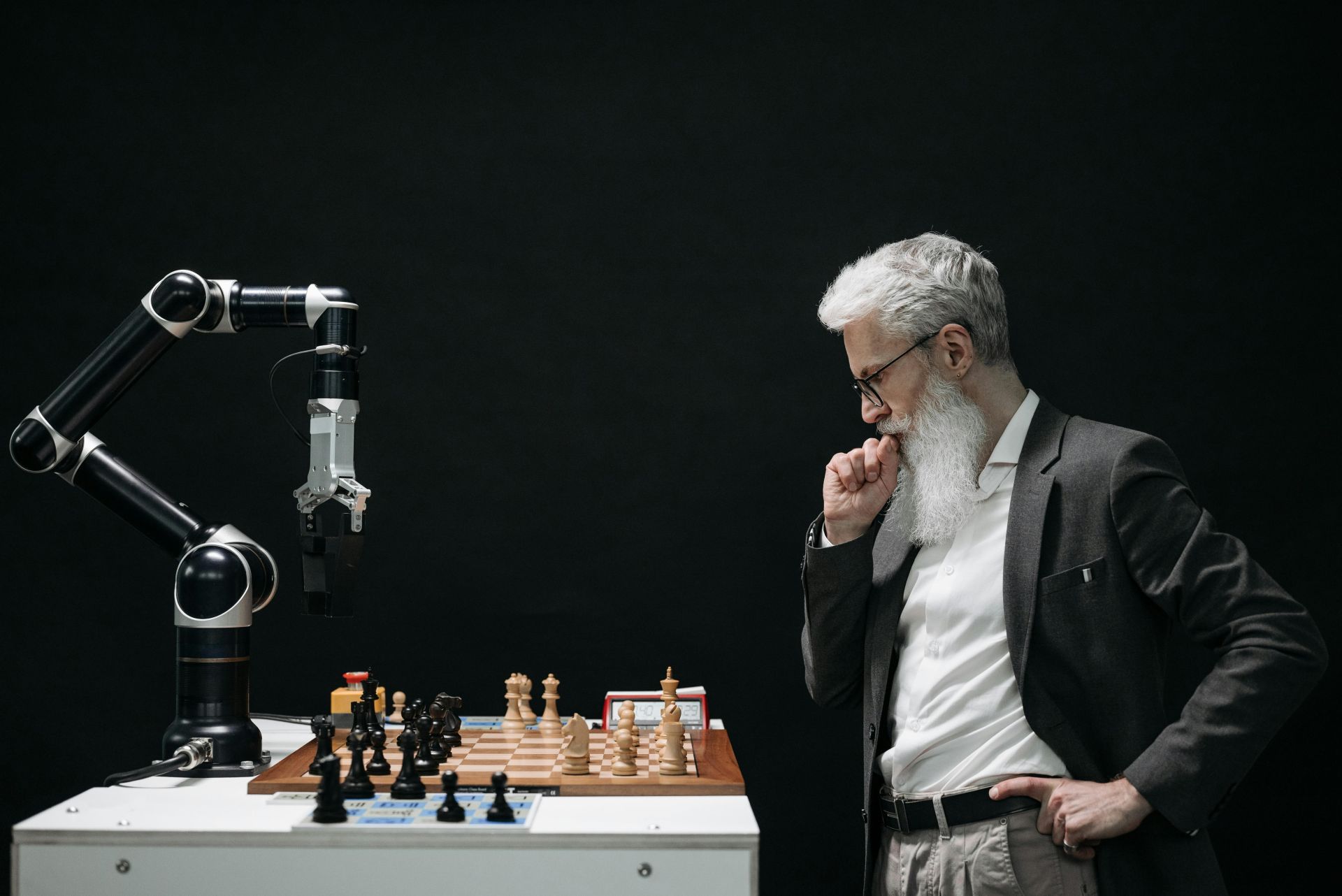
When we think about groundbreaking inventions, our minds often turn to the laboratories of prestigious universities or the minds of formally trained engineers. Yet, the reality is that many of the innovations we rely on today trace their origins back to individuals who lacked formal mainstream education. These self-taught geniuses and unconventional thinkers have left an indelible mark on the world, proving that brilliance and creativity aren’t confined to the classroom.
The history of invention is replete with stories of mavericks who, without the constraints of formal education, were free to think outside the box. Their lack of conventional training often allowed them to see the world differently, leading to innovations that might have been impossible for someone more rigidly trained.
The invention of flight is one of humanity's most remarkable achievements, and it owes much to the ingenuity and persistence of two self-taught individuals: Orville and Wilbur Wright. The story of how these brothers from Dayton, Ohio, who had no formal engineering training, managed to accomplish what had eluded some of the brightest minds of their time is a testament to the power of curiosity, experimentation, and unconventional thinking.
The Wright brothers' path to inventing the airplane didn’t begin in a classroom but in a bicycle shop. Their experience in building and repairing bicycles gave them a strong foundation in mechanics and an intuitive understanding of balance and control—skills that would prove invaluable in their quest for flight. Unlike many of their contemporaries, who were highly educated engineers and scientists, the Wright brothers were driven by a hands-on, trial-and-error approach.
Their interest in flight was sparked not by formal education but by a deep curiosity about the mechanics of bird flight and the challenges of human flight that had fascinated inventors for centuries. They spent years studying the work of others, including German glider pioneer Otto Lilienthal, but always with a critical eye and a determination to test ideas through their own experiments.
What set the Wright brothers apart was their methodical approach to problem-solving. They didn’t just dream of flying; they meticulously worked out the physics of lift, drag, and control. Their breakthrough came when they realised that controlling an aircraft in three dimensions—pitch, roll, and yaw—was the key to successful flight. This led to their invention of wing-warping, a method for controlling an aircraft that mimicked how birds twist their wings to change direction.
In 1903, after years of testing gliders and refining their designs, the Wright brothers achieved the first controlled, powered flight in Kitty Hawk, North Carolina. The flight lasted just 12 seconds, but it was a moment that changed the world. Their success was not the result of formal training or academic study but of relentless experimentation, a willingness to learn from failure, and an unwavering belief in their vision.
The Wright brothers’ invention of the airplane didn’t just open the skies to humanity; it also highlighted the incredible potential of self-education and independent thinking. Their achievements laid the groundwork for the entire aviation industry, influencing everything from military aircraft in World War I to the commercial airliners that connect the world today.
Moreover, their story continues to inspire innovators across the globe, demonstrating that groundbreaking inventions often come from those who think differently, challenge conventional wisdom, and dare to experiment beyond the bounds of formal education. The Wright brothers showed that with enough determination, creativity, and persistence, even the most impossible dreams can take flight.
Consider Thomas Edison, who had little formal schooling and was largely self-educated. His relentless curiosity and determination led to the creation of the phonograph, the motion picture camera, and a long-lasting practical electric light bulb. Edison’s approach was hands-on, driven by experimentation and a willingness to fail—a mindset that has since become a hallmark of the most successful innovators.
Fast forward to the last 100 years, and we see a clear lineage of inventions that owe their existence to these earlier self-taught pioneers. The personal computer revolution, for instance, was spearheaded by individuals like Steve Jobs and Bill Gates, both of whom had non-traditional educational paths. Jobs, who dropped out of college, combined his love for calligraphy and his passion for electronics to help create the visually pleasing interfaces we now take for granted. Gates, who also left college early, envisioned a world where personal computing was accessible to everyone, leading to the creation of Microsoft and the software that powers our digital lives.
These innovators didn’t just invent new products—they created new industries and reshaped the global economy. And their inspirations often came not from textbooks, but from a deep-seated passion for solving problems and a belief in their ideas, no matter how unconventional.
Every invention stands on the shoulders of those that came before it. The smartphone you carry today is a direct descendant of the early telephones, radios, and computers—many of which were developed or refined by individuals who were self-taught or who learned by doing rather than through formal education. These inventions have transformed communication, entertainment, and even the way we interact with the world.
Even more modern advancements, such as artificial intelligence, renewable energy technologies, and biotechnology, are being driven forward by individuals who often find that the most critical lessons aren’t learned in a classroom but through experimentation, curiosity, and perseverance.
As we look to the future, it’s clear that the next wave of groundbreaking inventions will likely come from those who continue to defy conventional educational paths. The rise of online learning platforms, maker spaces, and open-source communities is empowering a new generation of innovators who are teaching themselves the skills they need to build the future.
In a world where information is more accessible than ever, the barriers to invention have never been lower. As the last 100 years have shown, formal education, while valuable, is not the only path to innovation. The real key to invention is curiosity, persistence, and a willingness to explore the unknown.


